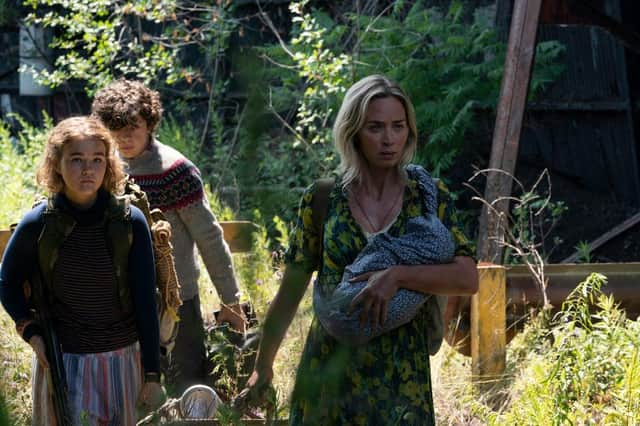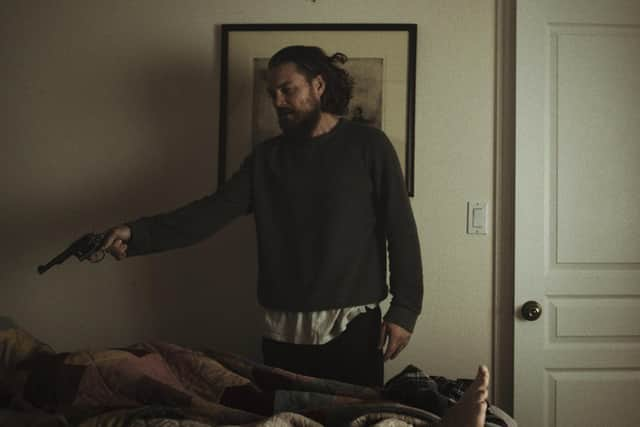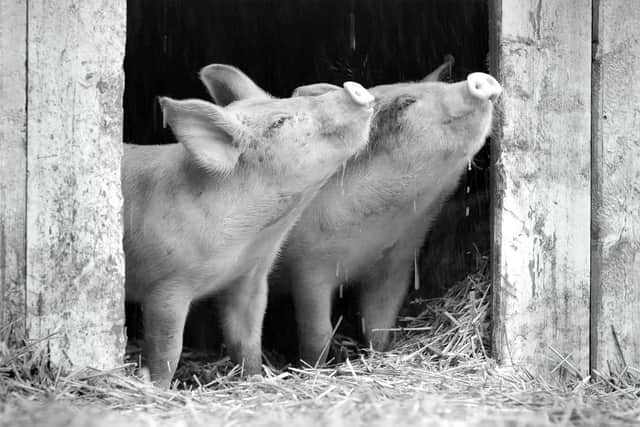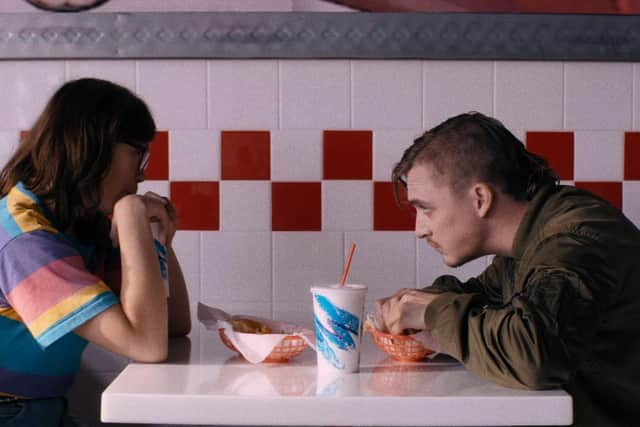Film reviews: A Quiet Place Part II | The Killing of Two Lovers | Gunda | Dinner in America


A Quiet Place Part II (15) ****
The Killing of Two Lovers (15) ****
Gunda (PG) ****


Dinner in America (15) ***
The first of 2020’s delayed blockbusters arrives on the big screen with an uncanny sense of timing. A Quiet Place Part II, John Krasinski’s sequel to his surprise smash from 2018, should have been out last March but was an early casualty of the closure of cinemas as the scale of the pandemic became apparent. A year and a bit on and the new film drops us back into the ravaged world of its predecessor, which, coincidentally, also takes place a year and a bit on from its own plot-catalysing global catastrophe. True, that catastrophe may involve fast-moving alien creatures that hunt by sound, but the film’s depiction of survivors dealing with the everyday drudgery and dread of an ongoing threat resonates in ways the filmmakers couldn't have anticipated.
It’s something made more powerful by Krasinski’s smart decision to begin with the new film with a heart-in-mouth prologue depicting day one of the crisis as experienced by the earlier film’s protagonists. Seeing the still-intact Abbott family (headed by Krasinski and Emily Blunt) is a wrenching reminder of how fragile the things we take for granted really are, with Krasinski upping the anxiety further by keeping his camera at a distance from the Abbots’ toddler, whose fate gave the opening moments of A Quiet Place such a devastating kick.
Advertisement
Hide AdWhat follows is a bravura depiction of erupting chaos as all hell breaks loose and Krasinski – teeing up the true focus of the film – repeatedly drops the sound to put us in the head space of the Abbott’s deaf daughter Regan (once again played by deaf actress Millicent Simmonds). Thenceforth the film fast-forwards to day 474, picking up the action immediately after the events of the original, with Blunt’s Evelyn, her daughter Regan, her son Marcus (Noah Jupe) and her newborn baby embarking on a mission to find other survivors.


What’s intriguing here, though, is that rather than expanding everything the way sequels tend to do, Krasinski contracts the action, teaming the Abbotts up with Cillian Murphy’s Emmett – a former neighbour who’s taken refuge in an abandoned steel mill – then promptly splitting them up. Thus we get Regan and Emmett seeking out a radio signal that might hold a key to their ongoing survival while Evelyn hunts for urgent medical supplies and a newly injured Marcus is left to guard the steel mill and look after his baby brother. Along the way we get snatches of the wider world as it’s devolving, as well as tantalising glimpses of how things might get back to some semblance of normality. But as Krasinski cross-cuts between the three storylines, he keeps the action tightly focused and intimate, so much so that it sometimes has the slightly myopic feel of episodic TV. And yet it’s also hard not to marvel at the cinematic thrill of a movie that’s so good at creating tension that when a character instructs another character to breathe it feels like they’re talking directly to you.
Tension of a more insidious kind is expertly cranked up in The Killing of Two Lovers, a raw relationship drama about a man struggling to hold it together as his marriage falls apart. The opening image of said man pointing a gun at his wife as she lies sleeping in bed next to someone else suggests the ominous title will be more of a spoiler than it really is, but while the feeling of dread never quite dissipates over the next 85 minutes, what emerges in Robert Machoian’s forcefully directed drama is an altogether more reflective and heartbreaking portrait of the vicissitudes of marriage. Clayne Crawford is brilliant in the lead.
As a documentary maker, Victor Kossakovsky specialises in using the full force of cinema to give audiences an immersive, alternative perspective on the natural world. Following the sensory overload of his climate crisis treatise Aquarela, Gunda presents a remarkable black-and-white portrait of farming from the point of view of the livestock. Cows and chickens (including a one-legged hen) make up the supporting cast, but the star of the show is the titular sow who has just given birth to a litter of piglets. Keeping his camera low to the ground and eschewing narration, music and any shots of humans beyond the invasive presence of a tractor, Kossakovsky asks us to consider the complicated connection we have to the sentient animals that so many of us see mainly as a food source. The end result is empathetic without being anthropomorphic, polemical without being hectoring.
A pyromaniac punk singer and his biggest fan develop an unlikely partnership in Dinner in America, a throwback to the misfit odd-couple relationship movies that became a staple of US indie cinema of the 1990s and early 2000s. Borrowing heavily from Ghost World, Welcome to the Dollhouse and Buffalo 66, the film is carried along by leads Kyle Gallner and Emily Skeggs, whose respective abilities to locate the sweetness in their characters’ anti-social posturing (the permanently angry front-man, the savvier-than-she-looks naïf) is more successful than the film’s ability to do the same. Indeed, in repeatedly depicting his characters railing against very cliché-ridden portraits of white American suburbia, writer/director Adam Rehmeier sells the satirical aspects of his otherwise stylishly made film short by picking at some very low-hanging fruit.


A Quiet Place Part II is in cinemas from 3 June; The Killing of Two Lovers is on selected release in cinemas and available on demand from Curzon Home Cinema; Gunda is on selected release in cinemas; Dinner in America is streaming on Arrow and available to buy or rent on digital platforms now.
A message from the Editor
Advertisement
Hide AdThank you for reading this article. We're more reliant on your support than ever as the shift in consumer habits brought about by coronavirus impacts our advertisers.
If you haven't already, please consider supporting our trusted, fact-checked journalism by taking out a digital subscription at https://www.scotsman.com/subscriptions